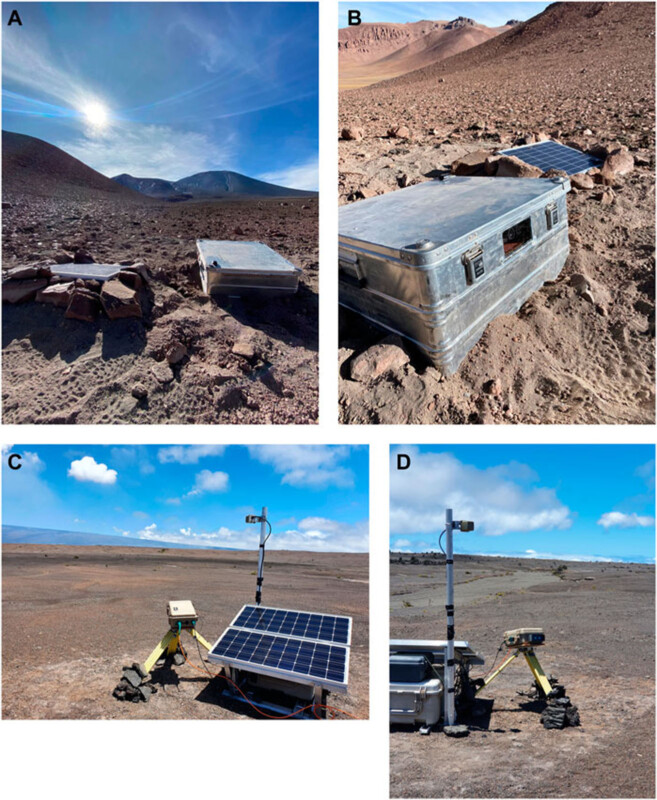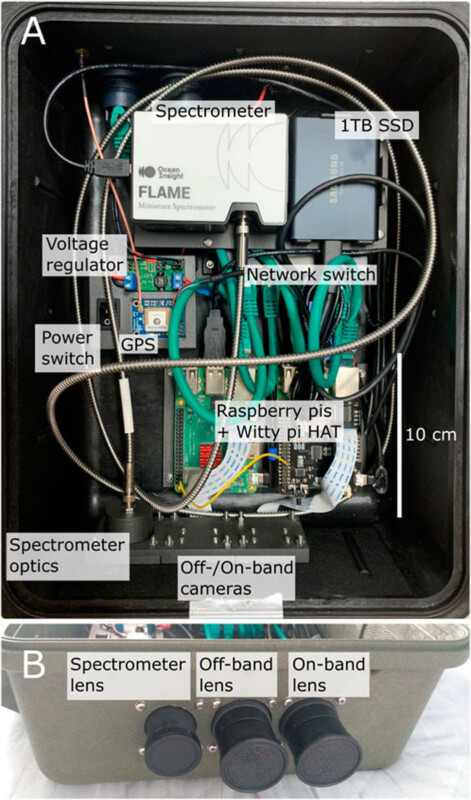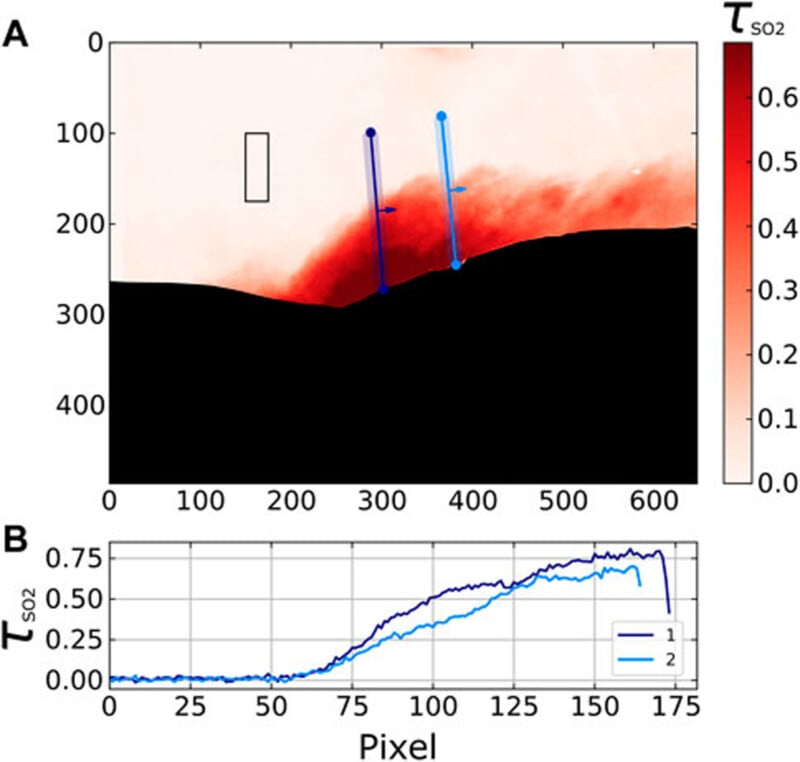Researchers Develop Low-Cost UV Camera for Monitoring Volcanoes
![]()
Researchers from the University of Sheffield in England have developed a relatively affordable sulfur dioxide (SO2) camera that may help predict volcanoes, providing essential warnings to nearby communities and facilitating earlier evacuation and preparation.
Spotted by Digital Camera World, SO2 cameras are generally too expensive for widespread use. The group’s research paper explains that while SO2 cameras have been an important instrument in volcanology since the mid-2000s, they are limited not just by cost, but by efficiency. Save for a few high-activity areas, field cameras typically provide only brief snapshots of volcanic activity, limiting their utility.
The scientists’ new camera is designed to be a permanent fixture at volcanic sites thanks to its low-cost and low-power design. The novel camera utilizes solar panels to deliver continuous measurements during daylight hours.
The new cameras have been successfully deployed and tested at Lascar and Kilauea volcanoes.

“Further proliferation of such instrumentation has the potential to greatly improve our understanding of the transient nature of volcanic activity, as well as aiding volcano monitoring and eruption forecasting,” the team writes. The study’s lead author is Thomas Charles Wilkes from the Department of Geographic at the University of Sheffield.
SO2 cameras are beneficial because SO2 is the most common gas detected at open-vent volcanoes. Further, SO2 is relatively easy to detect because it has low background atmospheric concentration and it has distinctive absorption bands at ultraviolet (UV) and infrared (IR) wavelengths.
Despite their utility, the researchers believe that SO2 cameras are relatively rare because of their cost. Each SO2 camera system requires a pair of SO2 cameras, and each costs thousands or even tens of thousands of dollars.
The team has heavily reduced camera costs by modifying much more affordable Raspberry Pi cameras. By removing the Bayer filter in front of the inexpensive sensors and replacing it with a UV transmissive optical system, the camera can achieve precise results at a fraction of the cost — hundreds versus tens of thousands of dollars.

Additional components include 3D-printed optical holders, machined aluminum housing, and a network switch for communications. Compared to typical SO2 cameras, the biggest difference, aside from different UV cameras, is the team’s omission of a thermoelectric cooler (TEC). The team believes removing the TEC is worthwhile, allowing the team to reduce the camera’s power consumption and cost.
After its cost-cutting measures, the total bill comes to around $5,000 for a one-off instrument, with about $3,500 spent on the UV spectrometer and associated optics. Communications equipment will increase the cost on a case-by-case basis, while bulk parts purchases would reduce the cost of each SO2 camera.

A custom Python script drives image capture, and data is stored on an internal 1TB SSD. Data processing is performed within freely available PyCam software alongside in-house code developed by the researchers. While some automation is possible, the team notes that complete automation of SO2 camera data remains “troublesome.”
During field testing, the cameras performed well. The full research results are available in the paper, “A new permanent, low-cost, low-power SO2 camera for continuous measurement of volcanic emissions,” in Frontiers.
Image and caption credits: “A new permanent, low-cost, low-power SO2 camera for continuous measurement of volcanic emissions” by Wilkes, Pering, F. Aguilera, Layana, Nadeau, Kern, McGonigle, M. Aguilera, and Zhu.